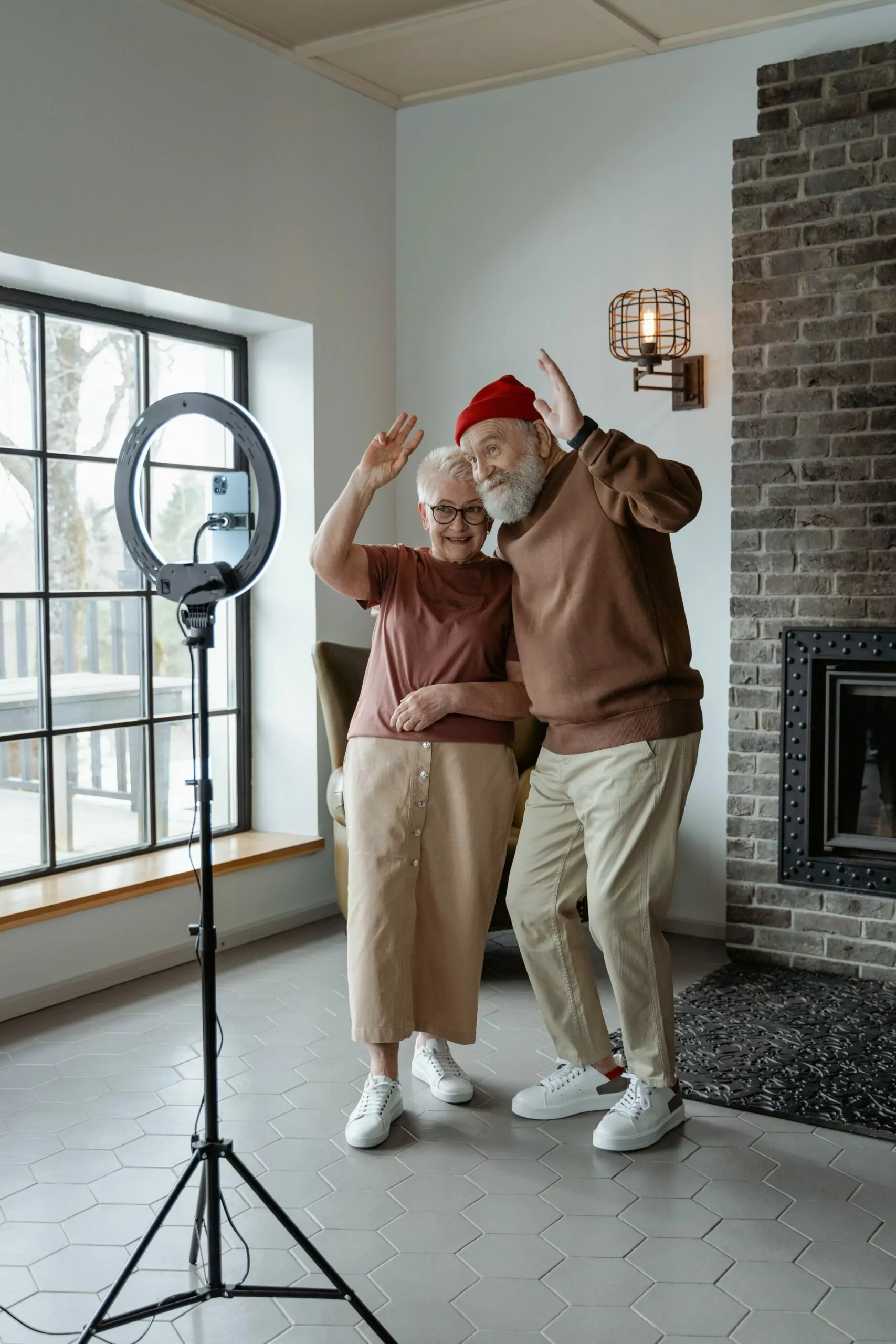
S&R News
How Strategic Planning and Connected Living are Transforming Senior Living
Senior living is a customer-focused industry, regardless of whether you're an operator, provider, investor, caretaker, or resident. And while there's no question the pandemic brought new challenges and roadblocks to the sector, we like to think there's a silver lining to it all. The unpredictability of the last year was undoubtedly daunting and introduced new concerns, teaching operators the importance of a strategic plan and an open mind. According to a recent economic analysis from the National Investment Center for Seniors Housing & Care (NIC), the growth outlook for the industry has surpassed pre-pandemic levels. While there's some concern the COVID-19 delta variant will slow current growth rates in the coming months, it isn't expected to make much of a difference long-term.
It's impossible to plan for every challenge that may arise, but the ongoing nature of the pandemic means it's time to embrace the pivot.
"Plans Are Things That Change"
With new development and construction opportunities on the rise and a growing number of revenue-generating opportunities backed by tech, it's an exciting time in senior living. Technology, for one, has proven to be a strategic asset for senior living operators, opening the door for tech-savvy providers to lead the way - as long as they have a strategic plan in place. Here are several factors for senior living operators and investors to consider when thinking about - and planning for - the future:
-
Consider the market, current climate, and care model.
-
Plan with the future in mind - For example, how is the healthcare and landscape changing, and what does this mean for your facility or future development?
-
Make sure everyone is on the same page and aligned on your overall strategy, values, and mission.
-
Don't be afraid to step outside of your comfort zone to create experiences that fit into your plan and serve a purpose.
Connected Living - Changing the Face of the Industry
This brings us to our next point - connected living is the future of senior living. Intergenerational and co-housing communities aren't just a trend brought on by the pandemic; they are models that are sticking around for the foreseeable future.
Why does this matter?
For one, it will impact the strategic planning phase of senior housing development and also becomes a consideration for investors and sellers.
Over the last 18 months, operators across the nation were forced to cut costs and leverage digital solutions, accelerating adoption. As always, we're keeping a watchful eye on the market and have a host of exciting new opportunities on the horizon. Are you interested in selling a property or investing in a senior living facility? Contact the senior housing experts at Sherman & Roylance.